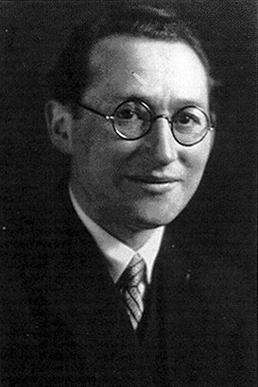Developing Better Practices: How Action Research Leads to Education Innovation
October 7, 2019
Every classroom experience is affected by predictable and unpredictable variables. For the most part what happens in the “trenches” is not covered in education classes. Sometimes there are instinctual situations where teachers just know what to do, but there is a way to bring more intentionality to practices.
Action Research was developed by Kurt Lewin, a Jewish psychologist who escaped Nazi Germany and studied why different races and religious groups in America had trouble getting along. Knowing first hand that problems only gets worse if something isn’t done about them, he wanted results. “Research that produces nothing but books will not suffice,” he said. The goal of Action Research is the action part.
The application of Lewin’s work into the classroom creates a dynamic opportunity to refine teaching practices. There are six basic, common sense steps for action research.
1. Hypothesis. Identify a specific question that comes from experience, a real and immediate problem that needs a practical solution.
2. Experimentation. Make a plan to test various ideas about your question. Some things you can change, some you can’t. Focus on the variables.
3. Observation. Keep track of the data you collect during your experiments. Not only the quantitative facts—the who, what, where, and when, but also the qualitative information from having students reflect, discuss, and write about the issue.
4. Analyzation. The data collected might change the question. Compare your data to what’s happening in other classes with the same students or at the same time. Keep open minded and be aware of outcome bias.
5. Application. Apply what you’ve learned. Act. You know a lot more now. You’ve had some trial and error experiences. Now you can formulate a new plan and see it in action. This is where the cycle turns, and the process begins again with new or refined questions.
6. Communication. Sharing results increases the body of knowledge and our ability to ask better questions. Let your colleagues know what you’ve been doing, listen to their input, adjust your methods accordingly.
Remember the goal is to put into action what you’re learned. “The most important question of all,” said Lewin about facing any issue, “is ‘what shall we do about it?’”
Contact us


